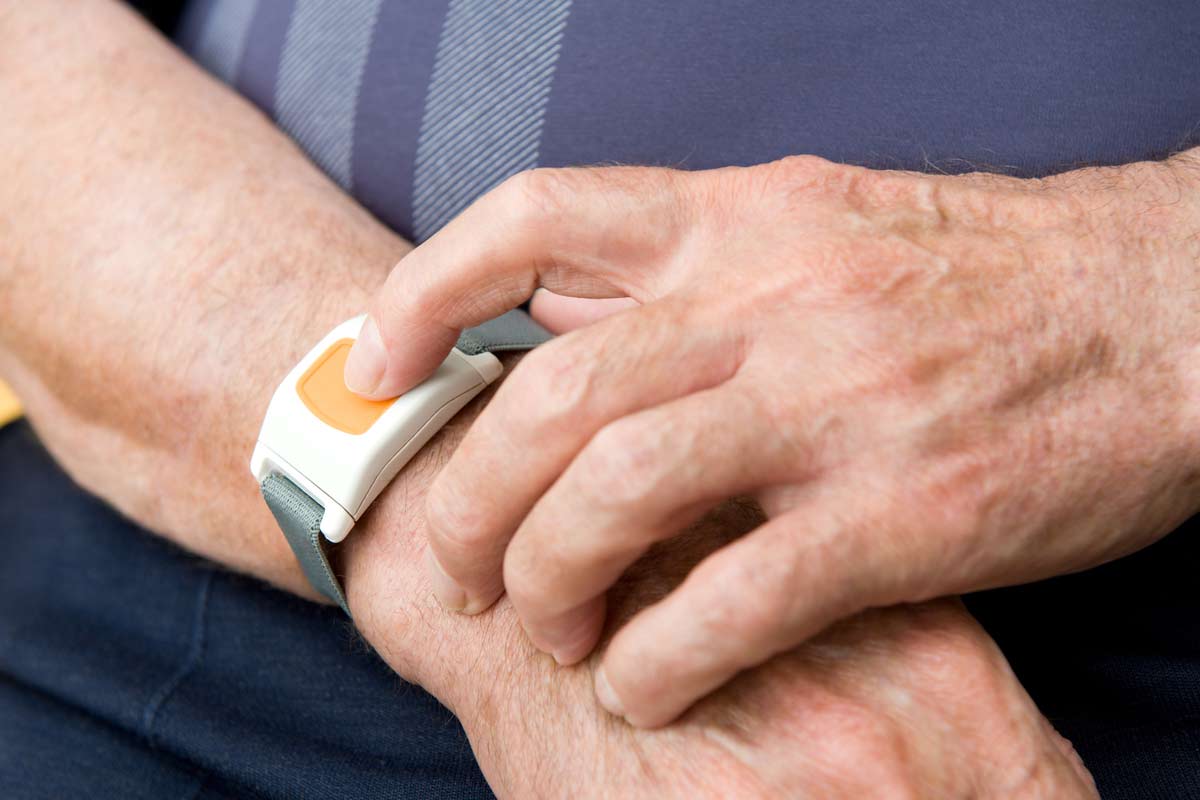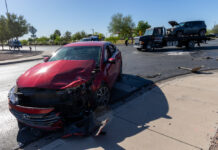Last week, I was helping my wife install a home key box for a Province resident when she asked me what I knew about medical alert systems. It was a good question. I knew quite a bit about them 10 or 12 years ago when I did the research to pick a system for my mother who lived alone in Florida.
The stimulus was a fall my mother sustained in her home. She was on the floor for hours before a neighbor found her. She ended up being OK, thanks to the neighbor, but my sister and I both lived hours away and knew the odds of another fall were good. We researched medical alert systems to help our mother and give us peace of mind.
About that time, the first systems including a fall detection option along with a monitoring service were being introduced. Along with her panic button and monitoring pendant, we installed a Realtor-style lockbox with a key for her door. A few years later, she fell getting out of bed and broke her hip. This time, the medical alert system quickly summoned medics, who used the key from the lockbox to get into the house. The service dispatcher had given the lock box code to the medics when they were dispatched. The fall detection and the lock box did their job.
The home key box I installed for our neighbor was purchased through a program offered by MaricopaSeniors.org and the Maricopa Fire & Medical Department. The home key box provides an alternative to a forced entry resulting in a quicker response and no damage to the front door. These boxes can only be opened by a member of the Maricopa Fire Department. For individuals living alone, this is a great program and very affordable.
You should consider the medical alert device, too. Why? Because about 20,000 people die from unintentional falls every year. The U.S. Center for Disease Control and Preventions says one-fourth of Americans age 65 and older fall each year. About $50 billion is spent annually on medical costs related to non-fatal fall injuries, with $754 million spent on fatal falls. If you have fallen once, the chances of another fall are good.
In simplest form, a medical alert device has a button that when pushed communicates to a 24/7 emergency monitoring service. The service determines your status and places a call to dispatch an emergency response unit to aid you.
Modern medical alert systems now come in many forms. For example, some smart watches can provide the fall detection, GPS location finder and communication to allow a person to maintain an active lifestyle in and out of the home. (And it doesn’t shout “I’ve fallen, and I can’t get up!”) All those features can cost a bit, but how much do you value peace of mind for yourself and your loved ones?
Before deciding on a solution, consider your lifestyle, budget and possible medical conditions. Your lifestyle will help determine what kind of alert you need. Are you primarily a homebody or are you regularly on the go? Devices are available for both.
Source: AARP.org
Ron Smith is a living-in-place advocate, a member of the Age-Friendly Maricopa Advisory Committee, a Certified Aging-in-Place Specialist and a Certified Living in Place Professional.
This column was first published in the April edition of InMaricopa magazine.
















![Shred-A-Thon to take place tomorrow An image of shredded paper. [Pixabay]](https://www.inmaricopa.com/wp-content/uploads/2024/03/shredded-paper-168650_1280-100x70.jpg)
